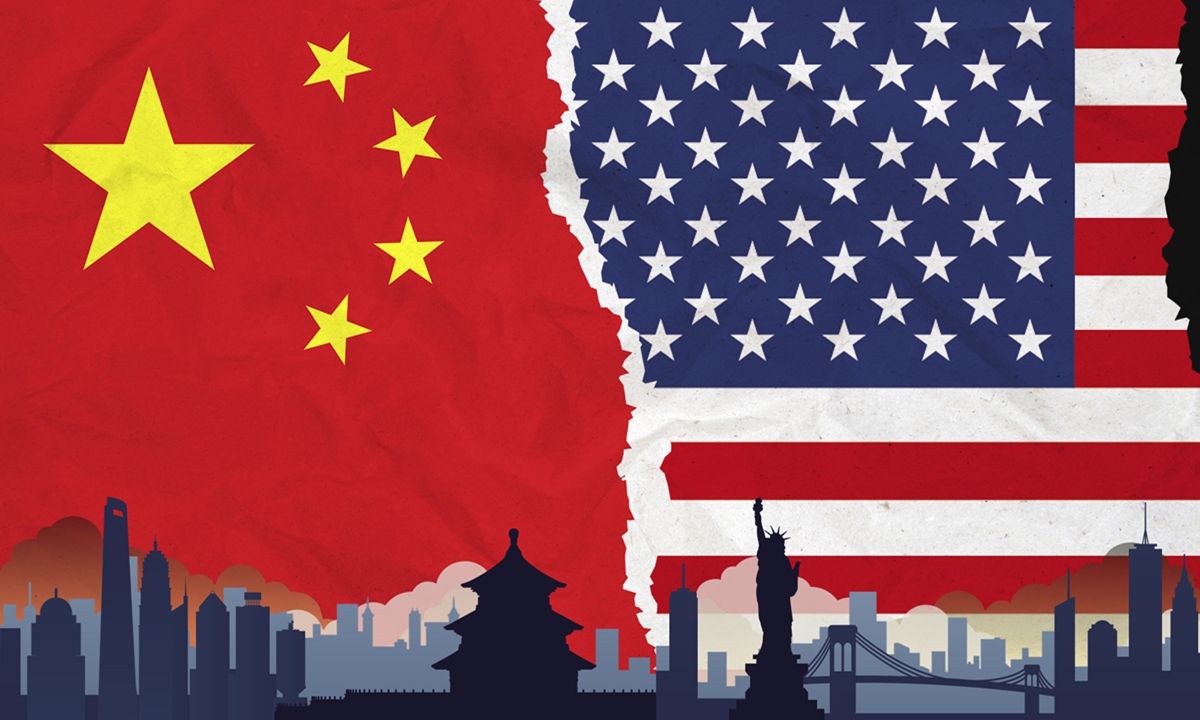Different Types of Tarrifs You Should Know in the colorful marketplace of global commerce, one topic consistently demands attention: types of tarrifs. These strategic financial tools don’t just affect multinational corporations and governments — they shape economies, influence your shopping habits, and even ripple into political arenas. Let’s embark on an enlightening exploration of the intricate world of tarrifs, diving deep into the varieties that power international trade.
Understanding the Basics: What Are Tarrifs?
Before we unravel the different types of tarrifs, it’s important to grasp what a tarrif fundamentally is. In the simplest sense, a tarrif is a tax imposed by a government on imported (and sometimes exported) goods. Its purpose might range from protecting domestic industries to retaliating against unfair trade practices or simply raising revenue.
But tarrifs are much more than just dry economic instruments. They are levers of power, guardians of domestic prosperity, and — at times — flashpoints for international conflict. Understanding the types of tarrifs gives insight into how nations negotiate, compete, and cooperate.

The Main Categories: Breaking Down the Types
The world of tarrifs isn’t monolithic. It’s diverse, with each type serving a distinct economic or political purpose. Let’s dive into the primary types of tarrifs every budding economist, entrepreneur, or curious mind should know.
1. Ad Valorem Tarrifs
An ad valorem tarrif is one of the most common types of tarrifs. The term “ad valorem” comes from Latin, meaning “according to value.”
- How It Works: This tarrif is levied as a percentage of the good’s value. For example, a 10% ad valorem tarrif on a $1,000 handbag would amount to $100.
- Purpose: It ensures that more expensive goods generate higher revenue for governments.
Ad valorem tarrifs have the advantage of adjusting automatically with inflation or deflation, maintaining their real-world impact without constant legislative tweaking.
2. Specific Tarrifs
Unlike ad valorem tarrifs, specific tarrifs are imposed as a fixed fee per unit, regardless of the item’s price.
- How It Works: A country might charge $5 per liter of imported wine, whether that wine costs $10 or $100 a bottle.
- Purpose: Specific tarrifs simplify administration and provide predictable revenue.
In practice, this means lower-priced goods are relatively more affected, potentially making luxury imports more competitive than budget options.
3. Compound Tarrifs
Compound tarrifs are hybrids, blending the features of ad valorem and specific tarrifs.
- How It Works: A government might impose a 5% tax plus $2 per unit on imported smartphones.
- Purpose: This ensures a minimum revenue per unit while scaling additional revenue based on value.
Among the types of tarrifs, compound versions offer governments a flexible and robust mechanism to stabilize revenue streams.
4. Protective Tarrifs
Protective tarrifs have a nationalistic flair. They are specifically designed to shield domestic industries from foreign competition.
- How It Works: Imposing high tarrifs on imported steel to encourage purchases from local steel manufacturers.
- Purpose: Nurture budding industries or defend strategic sectors.
While protective tarrifs can stimulate domestic employment and innovation, over-reliance may lead to inefficiency and stifle competition in the long run.
5. Revenue Tarrifs
Revenue tarrifs prioritize the generation of government income rather than market protection.
- How It Works: These tarrifs are generally modest and applied to products that don’t compete directly with domestic goods, such as luxury items or niche products.
- Purpose: Fill government coffers without disrupting the broader economy.
Historically, revenue tarrifs played a crucial role before income tax systems became commonplace.
6. Retaliatory Tarrifs
Among the more combative types of tarrifs, retaliatory tarrifs are designed to counter unfair trade practices.
- How It Works: Country A imposes high tarrifs on Country B’s goods after Country B unfairly subsidizes its own industries.
- Purpose: Pressure the offending country into reversing protectionist measures or unfair subsidies.
Retaliatory tarrifs can spark trade wars, which often escalate tensions beyond just economic consequences.
More Specialized Types: Going Beyond the Basics
The realm of tarrifs expands into some very specialized territory. As global trade becomes more nuanced, so too do the types of tarrifs.
7. Antidumping Tarrifs
Dumping occurs when a company exports a product at a price lower than it charges in its home market or even below the cost of production.
- How It Works: If evidence shows that dumping is harming domestic industries, a country can impose antidumping tarrifs to level the playing field.
- Purpose: Prevent unfair competition and protect domestic jobs.
Antidumping tarrifs ensure that markets remain competitive rather than being flooded by artificially cheap goods.
8. Countervailing Duties
These tarrifs counteract subsidies provided by foreign governments to their exporters.
- How It Works: A country imposes countervailing duties to offset the benefit of foreign subsidies.
- Purpose: Neutralize trade distortions caused by state intervention.
Among the types of tarrifs, countervailing duties are critical in maintaining fairness in international trade arenas.
9. Safeguard Tarrifs
Safeguard measures are temporary tarrifs designed to protect a domestic industry from an unexpected surge of imports.
- How It Works: When an influx of a foreign product threatens serious injury to a local sector, safeguard tarrifs are implemented.
- Purpose: Allow industries time to adjust and restructure.
These tarrifs are usually monitored under international agreements to ensure they’re truly necessary and not just protectionism in disguise.
10. Environmental Tarrifs (Carbon Tarrifs)
In an era of climate consciousness, environmental or carbon tarrifs are rising stars among the newer types of tarrifs.
- How It Works: Imports from countries with lax environmental standards face additional taxes.
- Purpose: Encourage global adherence to environmental norms and discourage “carbon leakage.”
These tarrifs align economic interests with environmental stewardship, representing the future of responsible trade.
Why Different Types of Tarrifs Matter
The types of tarrifs a country uses can dramatically shape its economic landscape. Protective tarrifs can build fledgling industries, while revenue tarrifs fund essential services. Retaliatory tarrifs signal political strength but can provoke economic reprisals.
In today’s intricate and interconnected markets, no country operates in a vacuum. Every tarrif sends ripples across supply chains, impacting industries, consumers, and international relations alike.
How Businesses Can Navigate Tarrif Landscapes
Companies must stay agile in a world where tarrif policies can change overnight. Here’s how savvy businesses manage the shifting sands of types of tarrifs:
- Diversification: Expanding supply sources across multiple regions reduces tarrif risks.
- Supply Chain Flexibility: Relocating manufacturing facilities to low-tarrif zones can offer strategic advantages.
- Government Advocacy: Businesses often lobby for tarrif relief or participate in trade negotiations.
- Legal Compliance: Staying up-to-date with documentation and classification codes can prevent costly fines.
Success often hinges not just on quality products but on keen awareness of trade policies.
Historical Case Studies: Tarrifs That Changed History
Looking into the past offers invaluable lessons about the types of tarrifs and their consequences:
- The Smoot-Hawley Tarrif (1930): Intended to protect American farmers, it backfired spectacularly, contributing to the Great Depression by strangling international trade.
- British Corn Laws (1815-1846): These high tarrifs on imported grain kept prices high for landowners but spurred widespread public unrest, eventually leading to their repeal.
- China’s Tarrif Reforms (Late 20th Century): Reductions in tarrifs and trade liberalization helped launch China into its role as a global manufacturing titan.
These stories illustrate how the application (or misapplication) of various types of tarrifs can either bolster prosperity or sow the seeds of crisis.
The Future of Tarrifs in a Globalized World
As technologies evolve and geopolitical alliances shift, so too will the landscape of tarrifs. Trends that could shape the future include:
- Digital Tarrifs: Discussions are ongoing about taxing digital goods and services that cross borders without a physical footprint.
- Green Tarrifs: More countries are likely to implement carbon taxes to fight climate change.
- Regional Trade Blocs: Organizations like ASEAN, MERCOSUR, and the African Continental Free Trade Area (AfCFTA) are redrawing the map of tarrif agreements.
Understanding emerging types of tarrifs is not just academic; it’s critical for anyone navigating the global economy.
Final Thoughts
Tarrifs are dynamic, multifaceted instruments that have shaped civilizations, fueled revolutions, and continue to mold the contours of modern trade. Exploring the vast array of types of tarrifs equips individuals and organizations with the wisdom to anticipate changes, seize opportunities, and avoid pitfalls.
Whether you’re a student, entrepreneur, policymaker, or simply a curious mind, a solid grasp of types of tarrifs opens a window into the forces that drive the world’s commerce. And in this ever-evolving arena, knowledge truly is power.





